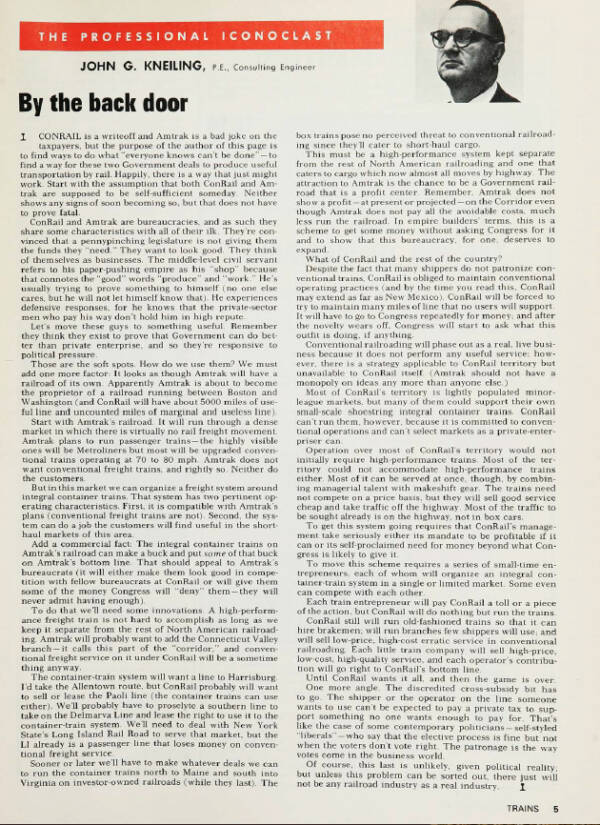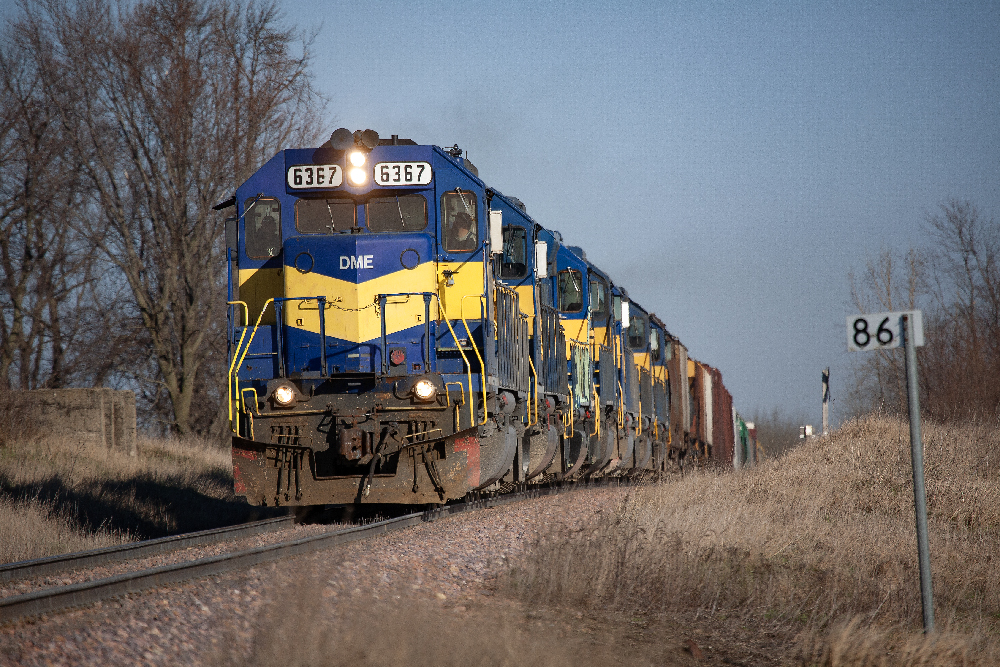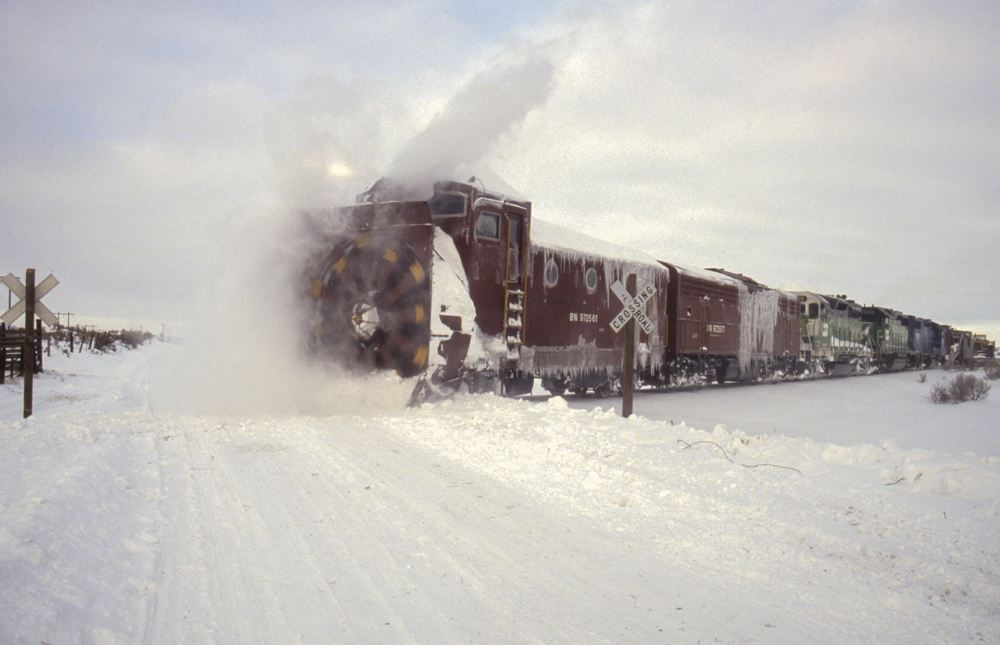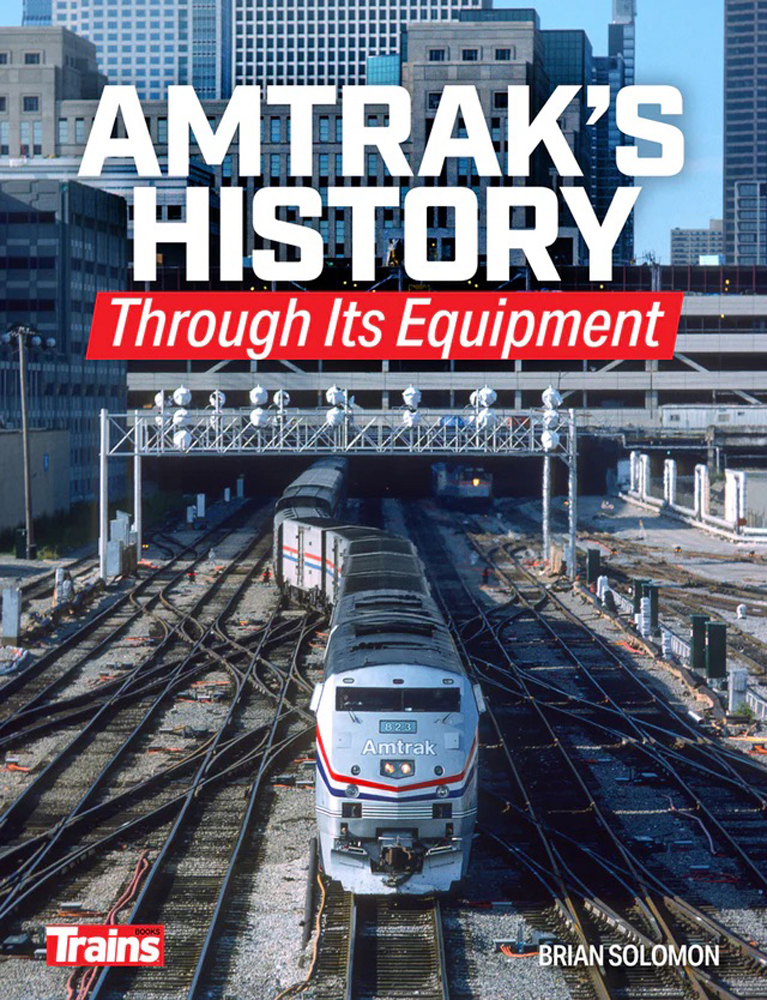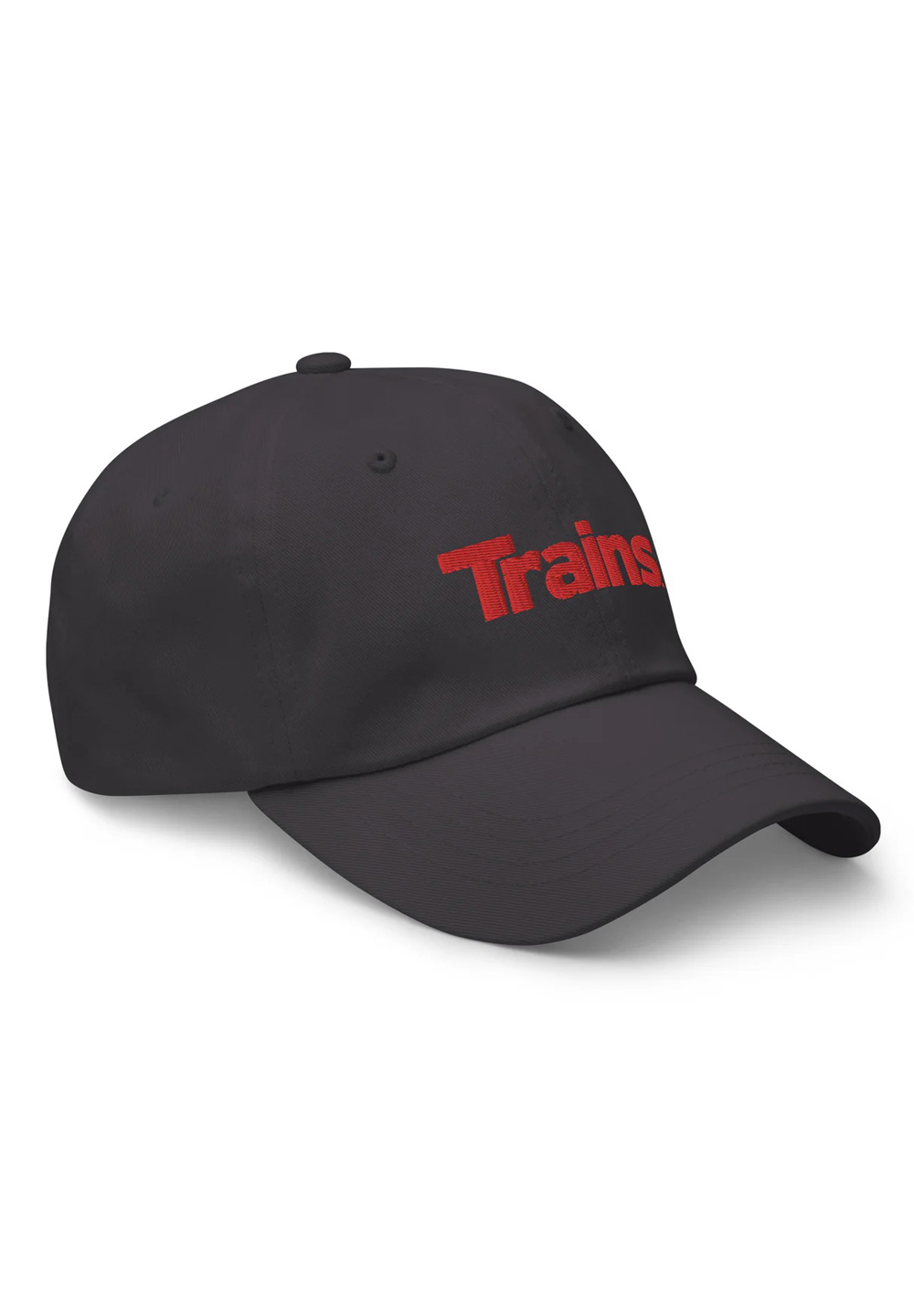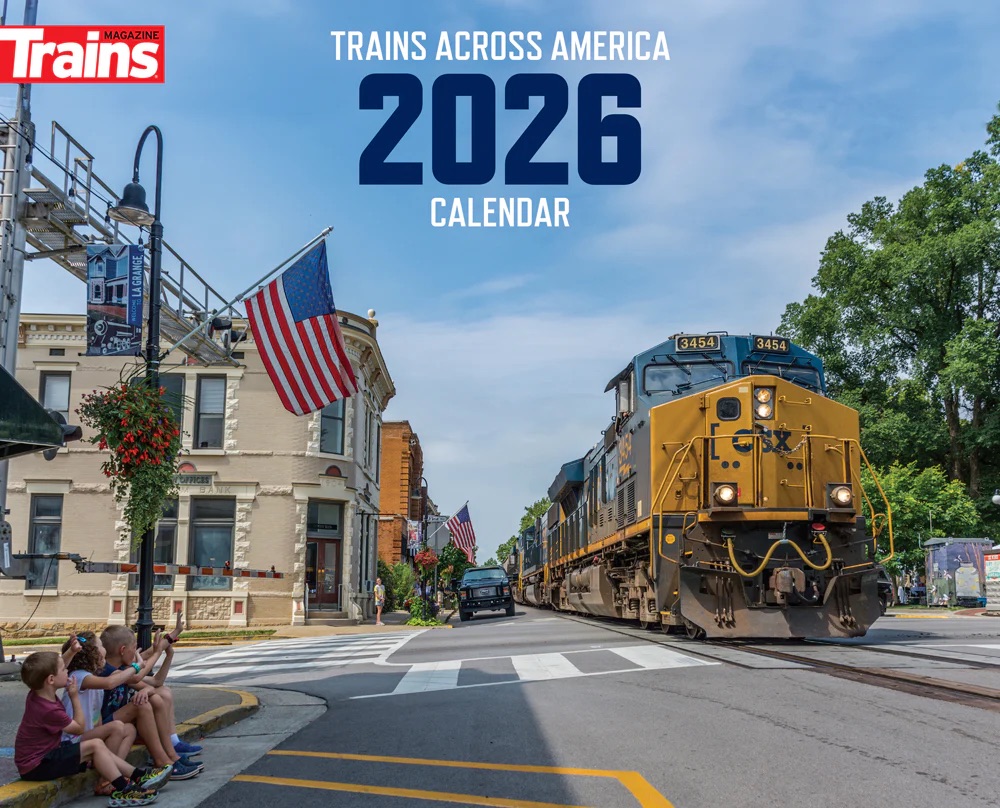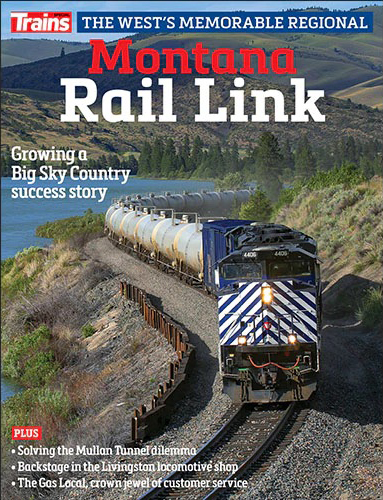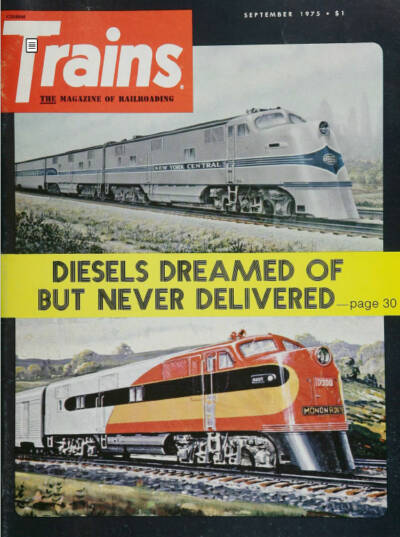
John G. Kneiling, by profession a consulting engineer, wrote Trains Magazine’s Professional Iconoclast column for many years. His column called out perceived problems with the rail industry and suggested new ways of thinking about solutions. Fifty years ago, in the September 1975 issue, Kneiling took aim at the government-supported Conrail, then newly created from several financially troubled Northeast railroads. Although the railroad itself wouldn’t start operations until April 1, 1976, Kneiling already had his doubts, starting his column with the words “Conrail is a write-off.”
Conrail proved far more successful and enduring than Kneiling, and many others, expected, lasting until 1999 when it was acquired by CSX and Norfolk Southern. Technically, Conrail still operates in Detroit, New Jersey, and Philadelphia as a terminal switching provider jointly owned by CSX and NS.
Here’s John Kneiling’s take from a half-century ago. Did history prove him right?
By the back door
Conrail is a write-off and Amtrak is a bad joke on the taxpayers, but the purpose of the author of this page is to find ways to do what “everyone knows can’t be done” to find a way for these two Government deals to produce useful transportation by rail. Happily, there is a way that just might work. Start with the assumption that both Conrail and Amtrak are supposed to be self-sufficient someday. Neither shows any signs of soon becoming so, but that does not have to prove fatal.
Conrail and Amtrak are bureaucracies, and as such they share some characteristics with all of their ilk. They’re convinced that a penny-pinching legislature is not giving them the funds they “need,” They want to look good. They think of themselves as businesses. The middle-level civil servant refers to his paper-pushing empire as his “shop” because that connotes the “good” words “produce” and “work.” He’s usually trying to prove something to himself (no one else cares, but he will not let himself know that). He experiences defensive responses, for he knows that the private-sector men who pay his way don’t hold him in high repute.
Let’s move these guys to something useful. Remember they think they exist to prove that Government can do better than private enterprise, and so they’re responsive to political pressure.
Those are the soft spots. How do we use them? We must add one more factor: It looks as though Amtrak will have a railroad of its own. Apparently Amtrak is about to become the proprietor of a railroad running between Boston and Washington (and Conrail will have about 5,000 miles of useful line and uncounted miles of marginal and useless line).
Start with Amtrak’s railroad. It will run through a dense market in which there is virtually no rail freight movement, Amtrak plans to run passenger trains the highly visible ones will be Metroliners but most will be upgraded conventional trains operating at 70 to 80 mph, Amtrak does not want conventional freight trains, and rightly so. Neither do the customers.
But in this market we can organize a freight system around integral container trains. That system has two pertinent operating characteristics. First, it is compatible with Amtrak’s plans (conventional freight trains are not). Second, the system can do a job the customers will find useful in the short-haul markets of this area.
Add a commercial fact: The integral container trains on Amtrak’s railroad can make a buck and put some of that buck on Amtrak’s bottom line. That should appeal to Amtrak’s bureaucrats (it will either make them look good in competition with fellow bureaucrats at Conrail or will give them some of the money Congress will “deny” them — they will never admit having enough).
To do that we’ll need some innovations, A high-performance freight train is not hard to accomplish as long as we keep it separate from the rest of North American railroading, Amtrak will probably want to add the Connecticut Valley branch it calls this part of the “corridor,” and conventional freight service on it under Conrail will be a sometime thing anyway.
The container-train system will want a line to Harrisburg, I’d take the Allentown route, but Conrail probably will want to sell or lease the Paoli line (the container trains can use either). We’ll probably have to proselyte a southern line to take on the Delmarva Line and lease the right to use it to the container-train system. We’ll need to deal with New York State’s Long Island Rail Road to serve that market, but the LI already is a passenger line that loses money on conventional freight service.
Sooner or later we’ll have to make whatever deals we can to run the container trains north to Maine and south into Virginia on investor-owned railroads (while they last). The box trains pose no perceived threat to conventional railroading since they’ll cater to short-haul cargo.
This must be a high-performance system kept separate from the rest of North American railroading and one that caters to cargo which now almost all moves by highway. The attraction to Amtrak is the chance to be a Government railroad that is a profit center. Remember, Amtrak does not show a profit — at present or projected — on the Corridor even though Amtrak does not pay all the avoidable costs, much less run the railroad. In empire builders’ terms, this is a scheme to get some money without asking Congress for it and to show that this bureaucracy, for one, deserves to expand.
What of Conrail and the rest of the country? Despite the fact that many shippers do not patronize conventional trains, Conrail is obliged to maintain conventional operating practices (and by the time you read this, Conrail may extend as far as New Mexico), Conrail will be forced to try to maintain many miles of line that no users will support. It will have to go to Congress repeatedly for money; and after the novelty wears off. Congress will start to ask what this outfit is doing, if anything.
Conventional railroading will phase out as a real, live business because it does not perform any useful service; however, there is a strategy applicable to Conrail territory but unavailable to Conrail itself, (Amtrak should not have a monopoly on ideas any more than anyone else.)
Most of Conrail’s territory is lightly populated minor-league markets, but many of them could support their own small-scale shoestring integral container trains, Conrail can’t run them, however, because it is committed to conventional operations and can’t select markets as a private-enterpriser can.
Operation over most of Conrail’s territory would not initially require high-performance trains. Most of the territory could not accommodate high-performance trains either. Most of it can be served at once, though, by combining managerial talent with makeshift gear. The trains need not compete on a price basis, but they will sell good service cheap and take traffic off the highway. Most of the traffic to be sought already is on the highway, not in box cars.
To get this system going requires that Conrail’s management take seriously either its mandate to be profitable if it can or its self-proclaimed need for money beyond what Congress is likely to give it.
To move this scheme requires a series of small-time entrepreneurs, each of whom will organize an integral container-train system in a single or limited market. Some even can compete with each other.
Each train entrepreneur will pay Conrail a toll or a piece of the action, but Conrail will do nothing but run the trains, Conrail still will run old-fashioned trains so that it can hire brakemen; will run branches few shippers will use; and will sell low-price, high-cost erratic service in conventional railroading. Each little train company will sell high-price, low-cost, high-quality service, and each operators contribution will go right to Conrail’s bottom line.
Until Conrail wants it all, and then the game is over.
One more angle. The discredited cross-subsidy bit has to go. The shipper or the operator on the line someone wants to use can’t be expected to pay a private tax to support something no one wants enough to pay for. That’s like the case of some contemporary politicians self-styled “liberals” who say that the elective process is fine but not when the voters don’t vote right. The patronage is the way votes come in the business world.
Of course, this last is unlikely, given political reality; but unless this problem can be sorted out, there just will not be any railroad industry as a real industry. — John G. Kneiling
Trains.com Unlimited members can access the full issue here
